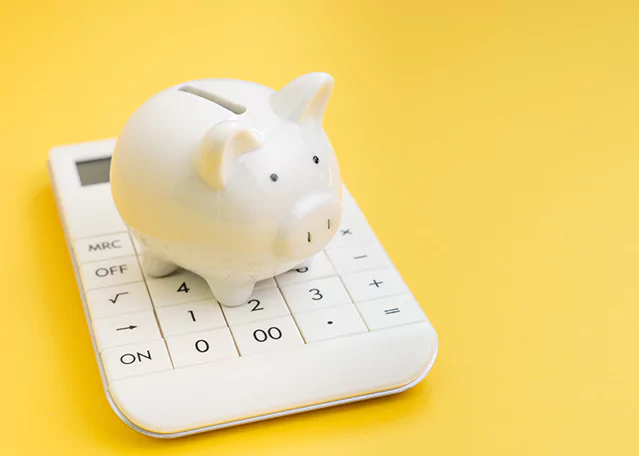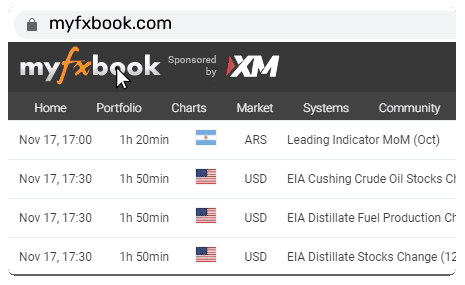What is the Future Path of the US Dollar Following a Fed Rate Cut

As we start another week on the market, the US dollar has demonstrated unexpected resilience, bouncing back from earlier losses. On the DXY index, which tracks the dollar's performance against a basket of other major currencies, the greenback has almost returned to its pre-rate cut levels. The Federal Reserve's recent decision to reduce interest rates by 50 basis points (bp) surprised many in the market even myself as I was expecting a 25bp cut! Most of the market had largely anticipated a more modest cut of 25 bp, but the larger-than-expected move indicated that market participants had already priced in such aggressive action. Initially, short-term US Treasury yields declined, reflecting the dovish shift, but quickly reversed as the market began to digest the broader implications of the Fed's easing cycle. As we move forward, the key question remains: how will the dollar fare in the wake of this policy change, and what historical patterns can guide expectations?
DXY On Same Levels as FED Cut 50bp
Source: TradingView Historically, the relationship between Fed rate cuts and the dollar's performance has been far from straightforward. While some periods have seen the dollar strengthen in response to lower interest rates, others have witnessed it weaken, or even remain relatively stable. For instance, in 1995, the US dollar appreciated after the Federal Reserve's rate cut, largely because the policy shift was perceived as pre-emptive, helping to stave off a recession. This appreciation was bolstered by simultaneous rate reductions by other major central banks, particularly the German Bundesbank. The easing of monetary conditions in Europe created a relatively favourable environment for the US dollar, allowing it to maintain its strength during this period.
Conversely, the rate cut cycle in 2001 offers a different narrative. Although the dollar initially strengthened as global demand for US assets remained robust, the broader economic downturn that followed the collapse of the dot-com bubble dampened the dollar’s momentum. The recession, though mild, limited the dollar's gains, as the market sentiment shifted from optimism to caution.
A similar pattern emerged in 2007, on the cusp of the global financial crisis (GFC). During this time, the Federal Reserve's slower response to the unfolding crisis, relative to other central banks like the European Central Bank (ECB), contributed to significant dollar weakness. The Fed’s more cautious approach heightened concerns about the US economy's fragility, further weighing on the dollar.
A key determinant of the dollar's direction following rate cuts is the policy actions of other central banks. If the Fed moves more decisively than its global counterparts, the dollar may retain a level of stability, even in an economic downturn. In the current scenario, the economic outlook suggests that the US may experience a period of protracted slowdown, with further rate cuts likely in the coming months. Meanwhile, the European Central Bank, known for its more conservative stance on monetary easing, may be slower to reduce rates. This divergence could result in a narrowing interest rate differential between the US and Europe, potentially exerting downward pressure on the dollar. However, given the overall cautious tone of global monetary policy, a sharp sell-off in the dollar seems unlikely in the immediate future.
While historical patterns offer some clues, the complexity of predicting the dollar's movement after a rate cut lies in the multitude of factors at play. Economic conditions, central bank policies, and even geopolitical tensions all contribute to shaping the dollar's path. For example, if global risk sentiment deteriorates, the dollar could strengthen as investors flock to safe-haven assets, even in a low-rate environment. Conversely, should the US economy underperform more severely than expected, the dollar may weaken as investor confidence fades.
Ultimately, the dollar’s performance in the wake of Fed rate cuts cannot be predicted with absolute certainty. While historical precedents provide valuable insights, each economic cycle brings its own set of variables and uncertainties. In the current context, the interplay between US monetary policy, global economic conditions, and central bank strategies will be critical in determining the dollar's direction in the coming months. Investors and analysts alike will need to keep a close eye on these developments to navigate the evolving financial landscape.
This content may have been written by a third party. ACY makes no representation or warranty and assumes no liability as to the accuracy or completeness of the information provided, nor any loss arising from any investment based on a recommendation, forecast or other information supplies by any third-party. This content is information only, and does not constitute financial, investment or other advice on which you can rely.



















